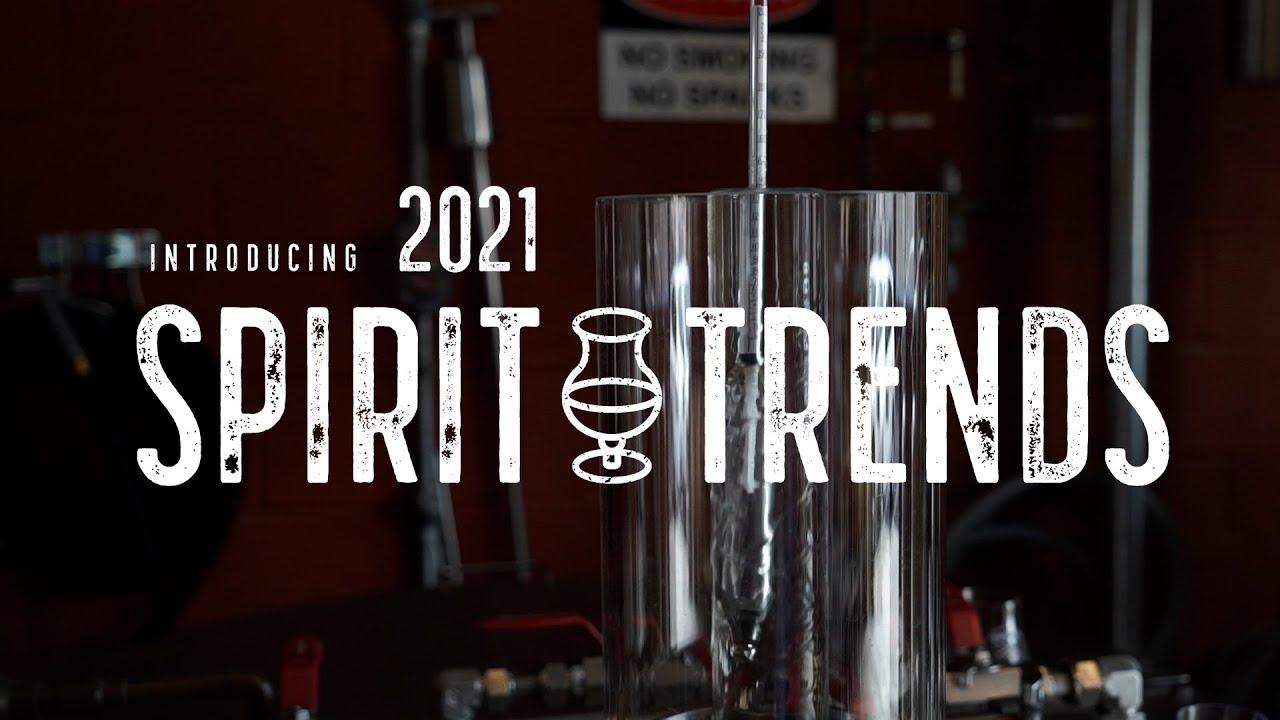
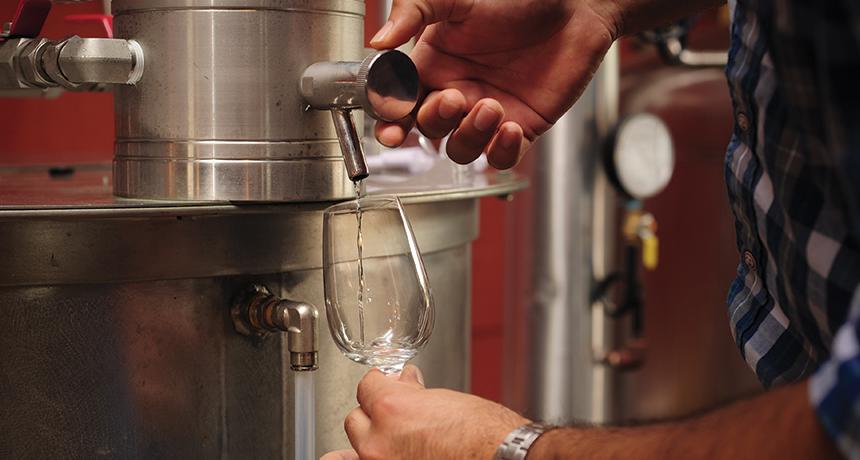
2021 Spirits Trends
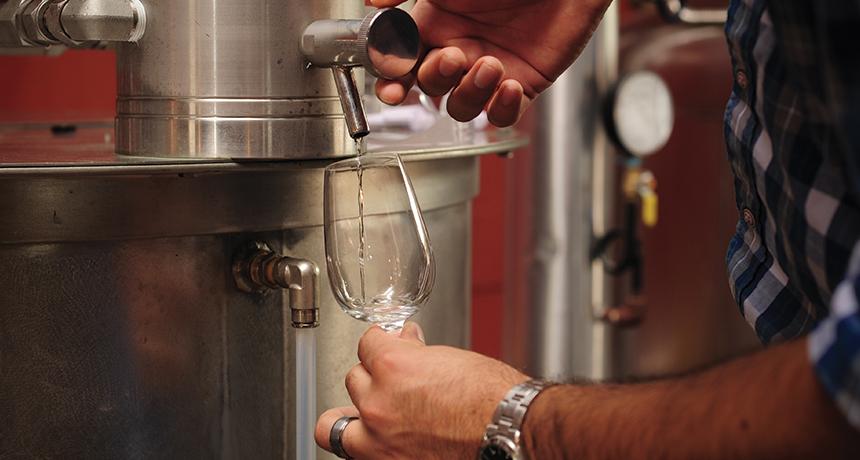
At Moonshine University, it's our job to stay abreast of trends in the distilling industry. Thanks to our expert faculty, we're able to glean key insights into the future of spirits. This year, we gathered our team to identify emerging trends we expect to be in the spotlight in 2021. Driven by the long-term effects of an on-going pandemic, this year's forecast is shaping up to be focused on authenticity in the form of appeals to community, premium experiences, and hospitality. Here are the 2021 Spirits Trends to keep an eye on in the coming year:
Back to the Backyard
In times of crisis, consumers often look to spirits for comfort. Though the "tried and true" brands belonging to the industry's largest producers have been getting most of the love lately, they cannot replace the appeal of craft-and consumers are stepping up to support their local distillers.
"It's something we say all the time in our classes: ‘own your own backyard,'" says Moonshine University's Director of Spirits Education, Colin Blake. "That's still the best move for craft distillers. Forget about expansion plans for now-focus on serving your community."
Indeed, craft distilleries may have been hit the hardest by pandemic-related limitations, but their ability to adapt and draw on local loyalties are reason enough not to count craft spirits out just yet. Smaller producers focused on a hyperlocal approach will have the best shot at not just surviving, but thriving in the New Year.

"American whiskey is a perfect example of how craft is pivoting to offer more local appeal," says Kevin Hall, Corporate Development, Moonshine University. "There is now more regional representation in the category than ever before and the timing couldn't be better."
Texas, for example, has become a prime locale for producing whiskey and Bourbon, boasting its own regional style. It makes sense too, as the state is among the top five for its number of craft distilleries (about 130). With its hot climate, Texas whiskeys are described as characteristically dark and bold with more sweet, caramel and butterscotch notes, spicy cinnamon and pepper, and a distinctive woodiness.
Meanwhile, even with significantly less distilleries than The Lone Star State, Iowa- also the number one corn producing state in the US- just released its first Bourbon.
There is so much experimentation still happening in American whiskey, but locally sourced grains and water, as well as climate and geography certainly continue to play a role in developing regional fingerprints for spirits. In 2021 and beyond, we anticipate additional releases emphasizing authentically regional takes on our favorite spirits.
The Premium Experience
During a time when we've had to go without so many experiences, consumers have expressed a willingness to indulge instead in premium offers across spirits categories.
"Premium agave spirits, gin, and rum in particular have seen a spike in recent months that we expect to continue into 2021," says Blake. "This trend isn't necessarily new, but it has definitely been exacerbated under current circumstances."
Without access to their favorite pastimes-like going to the movies, ballgames, concerts, or the like-consumers are seeking ways to treat themselves instead at home, opting for more indulgent spirits. Premium offers allow consumers a more sophisticated experience through complex, higher end products-those meant to be savored rather than hidden by mixers or simply tossed back.
Aged, sipping tequilas and mezcals in particular have been on the rise throughout the course of the on-going pandemic. Consumers have become more educated about the category in the last several years, and much more recently, they've also been driven toward becoming more adventurous with their palates-a trend that is likely to continue into the New Year.
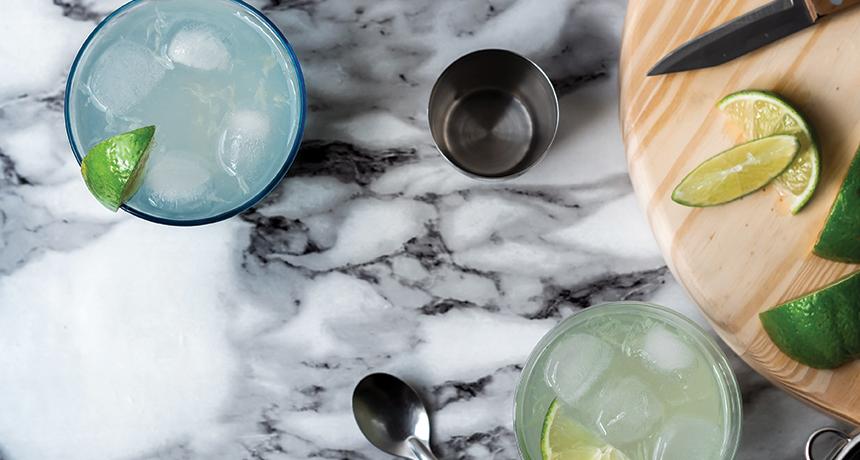
Under COVID-related limitations, premium spirits allow consumers to replicate sophisticated bar or restaurant-worthy drinks. This presents additional opportunities to satisfy consumer cravings for enjoying an authentic experience from the comforts of home. Likewise, we expect aged and spiced rums, as well as innovative gins utilizing unique botanical blends to see a bump as they deliver on demand for elevated experiences.
Our experts predict that in 2021, consumers will trend beyond the small batch or single barrel releases and begin to take up more interest in experimental expressions of premium positioned products- think "grain-to-glass," creative secondary maturations, innovative mash bills, unique blends, and the like.
At-Home, But With A Hospitality Appeal
Even as the nation continues to grapple with how to address the current pandemic, limitations have forced distilleries to reduce capacity in tours and tasting rooms to accommodate for social distancing and regular cleanings between guests. Restaurants and bars have also suffered from similar restrictions and shutdowns. Naturally, on-premise sales have taken a blow. The industry as a whole has been forced to adapt, but with change comes new opportunities.

"Now we're almost a year into life under a pandemic, and consumer behavior has shifted," says Hall. "Habits formed under this shared ‘new normal' have been cemented. Consumers now expect their favorite businesses to offer curbside and delivery options- including distilleries."
Where direct-to-consumer spirits sales are concerned, regulations have been relaxed for now, but what this looks like in the future remains to be seen. The permanency of the current allowance relies on modifications in laws across the country. While our experts anticipate formats friendly to direct-to-consumer delivery will at least continue into 2021, they also warn producers not to over-rely on these methods:
"Distilleries need to be just as creative with contact-free delivery and to-go cocktails as they are with nurturing relationships between consumers and their brand," says Blake. "That authentic appeal to hospitality is so important for the longevity of that relationship."
Consumers might be drinking spirits more at home, but make sure you're doing what you can so that its yours they're drinking!
Of course, if 2020 has taught us anything it's that no one has a crystal ball. Whatever the rest of this year brings, our educators will be standing by to help you train your team and prepare your spirits business for the future.
Interested in learning more about the distilling process and the spirits industry? Check out Moonshine University's 2020 courses to learn from the best in the business.
See how last year's Spirits Trends compare.
Related Content
Related Blog Articles


The Art of Non-Alcoholic Spirits
blog
For decades, spirits and cocktails have fostered a culture of craft, connection, and celebration. But over time, cocktail culture has evolved far beyond the buzz!
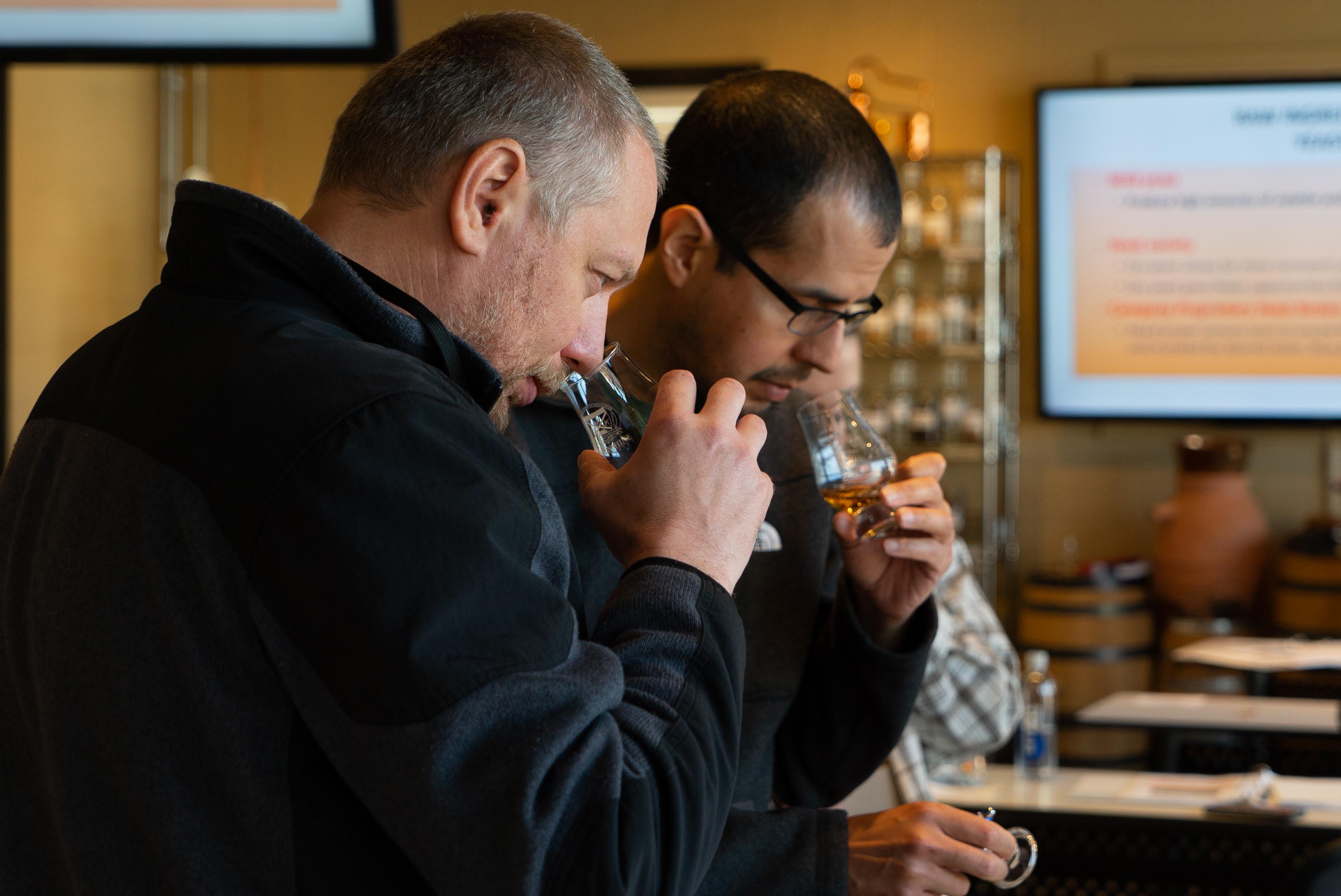
The 10 Common Congeners For Spirit Sensory
blog
Those that are familiar with the process of crafting distilled spirits may also be familiar with the 10 common congeners that are created during fermentation, and honed during the distillation run. Each congener has its own distinct personality, rendering unique tastes and aromas to the finished spirit.